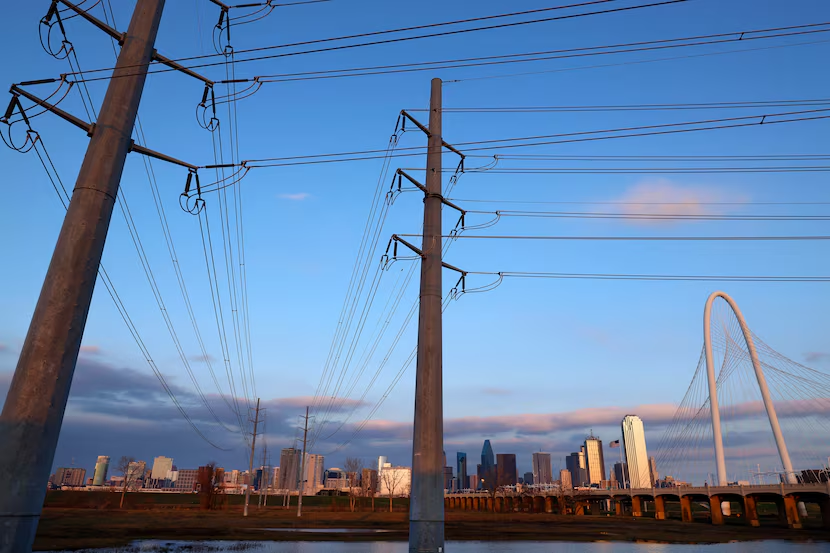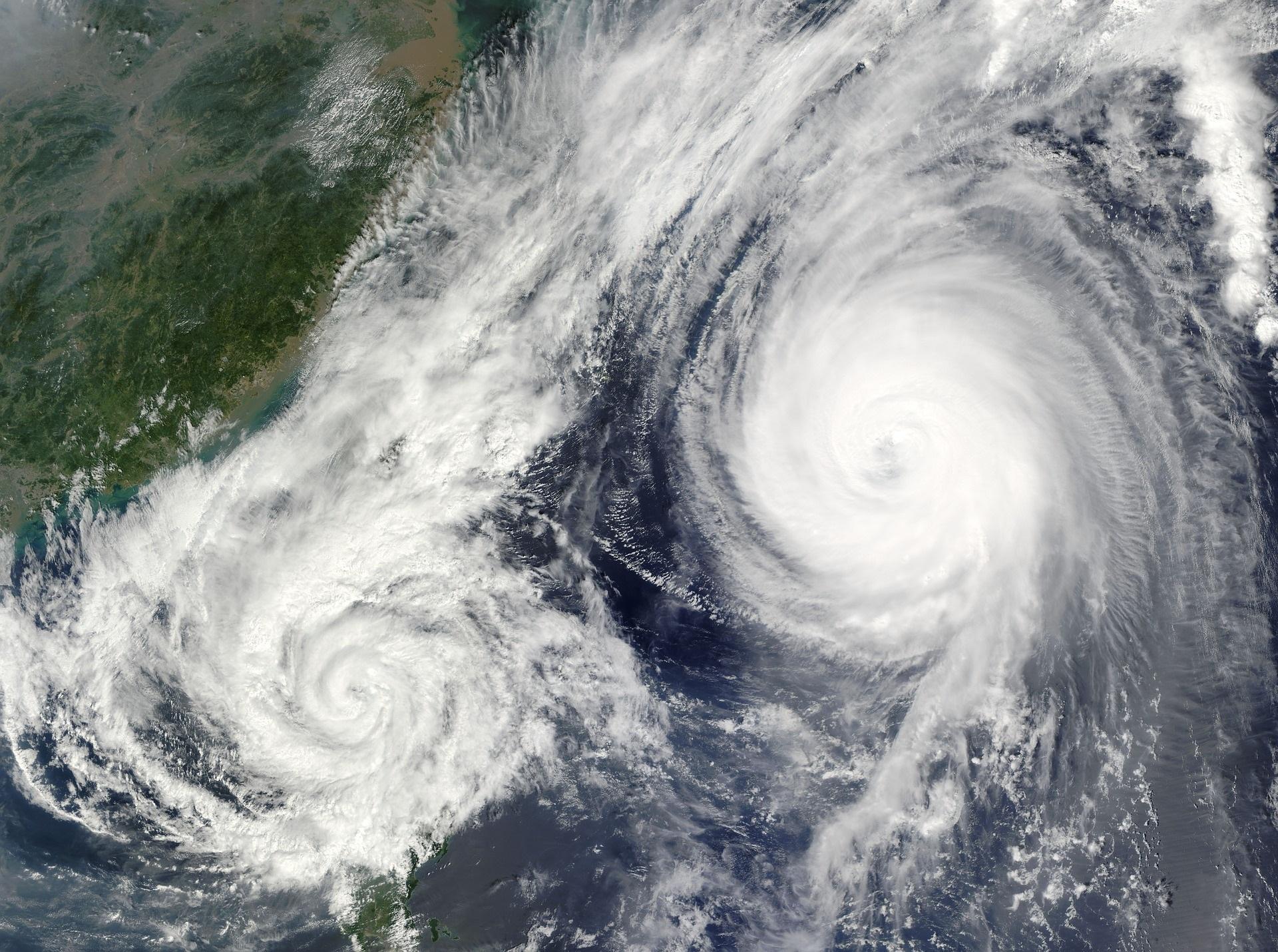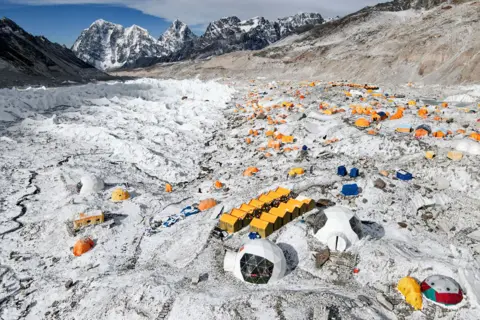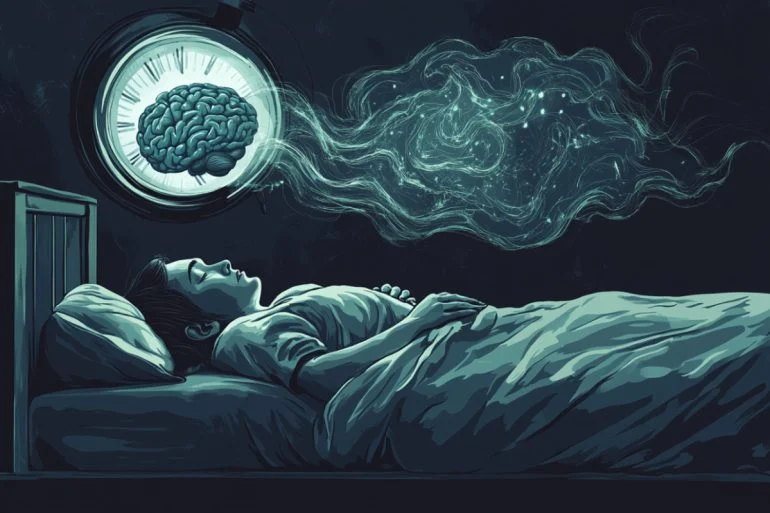Texas Scorched by Record-Breaking May Heat Wave as Lawmakers Target Renewable Energ
Texas is sweltering under a record-setting and unseasonably early heat wave this week, with triple-digit temperatures that typically belong to July now searing the state in mid-May. This extreme shift is not only straining the power grid but also putting millions at risk — especially since most people aren’t yet acclimated to such intense summer heat.
According to climate scientists, this kind of abrupt, extreme heat is made significantly more likely by decades of fossil fuel emissions and a warming planet. Research by Climate Central indicates that global warming has made this event about three times more likely for most Texans, and five times more likely for the quarter of the population facing the most intense heat.
Legislative Actions Threaten Renewable Power
The scorching weather comes at a critical moment, as Texas lawmakers push forward legislation that could undercut the very renewable energy sources helping to keep the lights — and air conditioning — on.
This week, the Texas House advanced Senate Bill 715, which would require existing wind and solar farms to provide backup power — something experts say would increase costs and risk blackouts. The Texas Senate has already passed Senate Bill 388, which mandates that any new wind or solar installation be matched by an equal amount of new coal, gas, or nuclear power. With supply chain delays making new gas plants unlikely before the 2030s, critics say this bill could stall progress on expanding clean energy.
Another measure, Senate Bill 819, would sharply restrict where wind and solar farms can be built — while imposing no such limitations on fossil fuel facilities. The renewable energy industry in Texas calls these policies an existential threat.
At the national level, the GOP-led Congress is also aiming to roll back Biden-era clean energy tax incentives and efficiency standards, which were designed to lower costs, increase grid reliability, and slow climate change.
Solar Power Steps Up, Even as Fossil Plants Falter
Despite the legislative pressure, Texas’ expanding renewable infrastructure is playing a critical role during this heat wave. The state’s grid operator, ERCOT, expects record demand as residents crank up their air conditioners — just as about a third of Texas’s aging fossil fuel fleet is offline due to breakdowns.
Fortunately, solar power — which peaks during the hottest parts of the day — is stepping in. In 2023, solar and battery storage were the largest source of new electricity on the Texas grid, with natural gas a distant second, according to the Dallas Federal Reserve.
“There was never a resource more developed to keep Texans cool than solar,” said energy analyst Doug Lewin of Stoic Consulting. He warned that the current legislative push threatens not only renewables but the broader state economy.
Climate Change Intensifies Risks
This week’s weather, driven by a ridge of hot air moving in from the Pacific and getting trapped over Central Texas, is just a preview of what the future could hold. Meteorologists like Avery Tomasco point to a mix of compressional heating, drought, and climate change as the underlying causes.
Texas is currently in a prolonged drought emergency, now three years running. Despite recent rainfall, two-thirds of the state remains abnormally dry, with more than a third facing severe to exceptional drought, according to the National Drought Information Service.
Water in the environment usually acts as a buffer against extreme heat, but Texas is running short on that crucial protection. A 2024 report by the Texas state climatologist warns that the state will see more erratic, intense rainfall that erodes land rather than replenishes reservoirs — worsening both drought and heat.
A Growing Need for Resilience
Deadly consequences of grid failures are still fresh in memory. In 2021, hundreds died during Winter Storm Uri due to blackouts, mostly caused by failures in gas generation. Last summer, Hurricane Beryl knocked out power in Houston, killing 15 people due to rising indoor heat without air conditioning.
This week, widespread deaths are unlikely, thanks to solar power and improved battery storage. But experts caution that unless Texas doubles down on expanding and modernizing its grid, future disasters could be even worse.
“The odds of unprecedented weather keep rising,” said Lewin. “Whatever you thought was the worst heat wave, the worst flood, the worst fire — there’s a worse one waiting. And we better be ready for it.”










